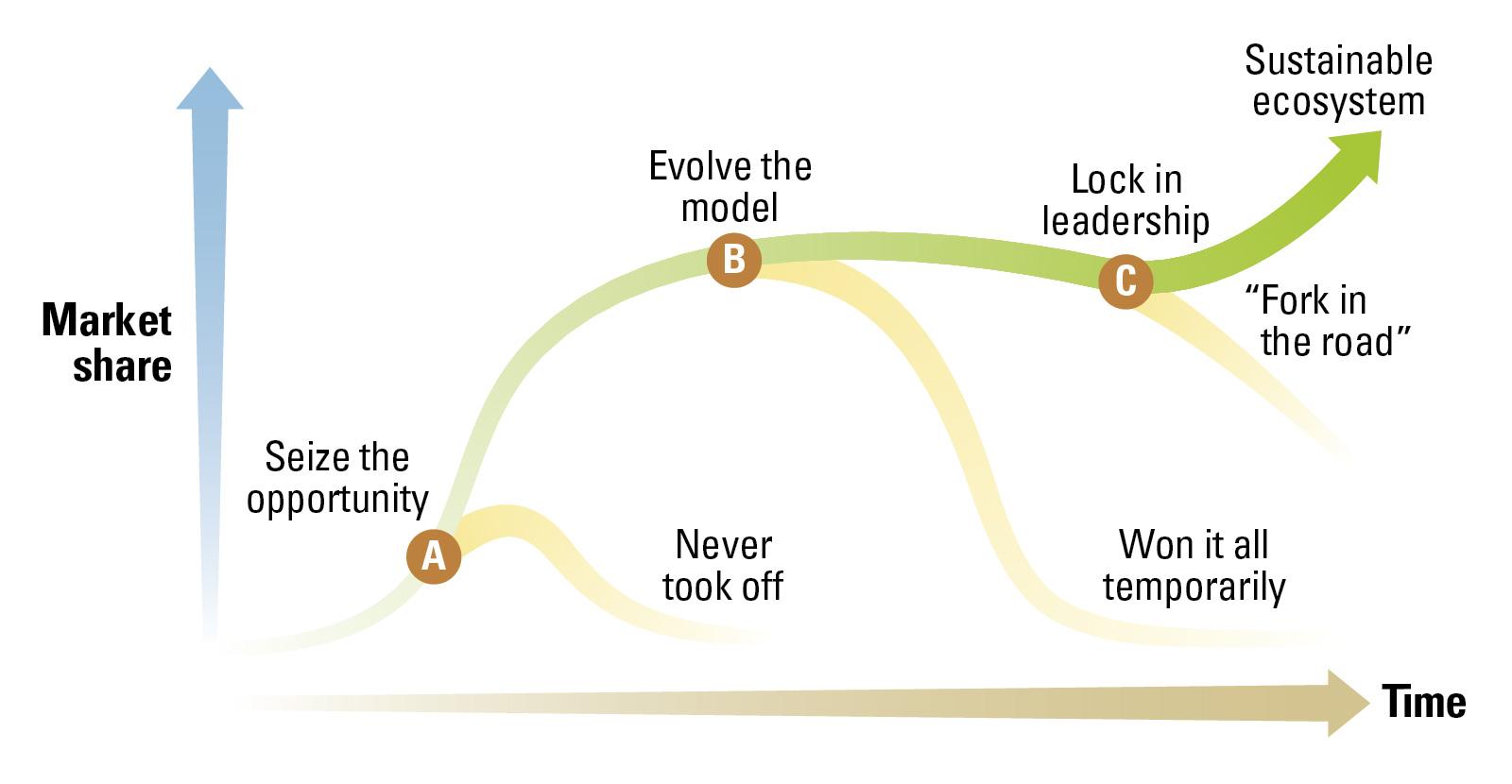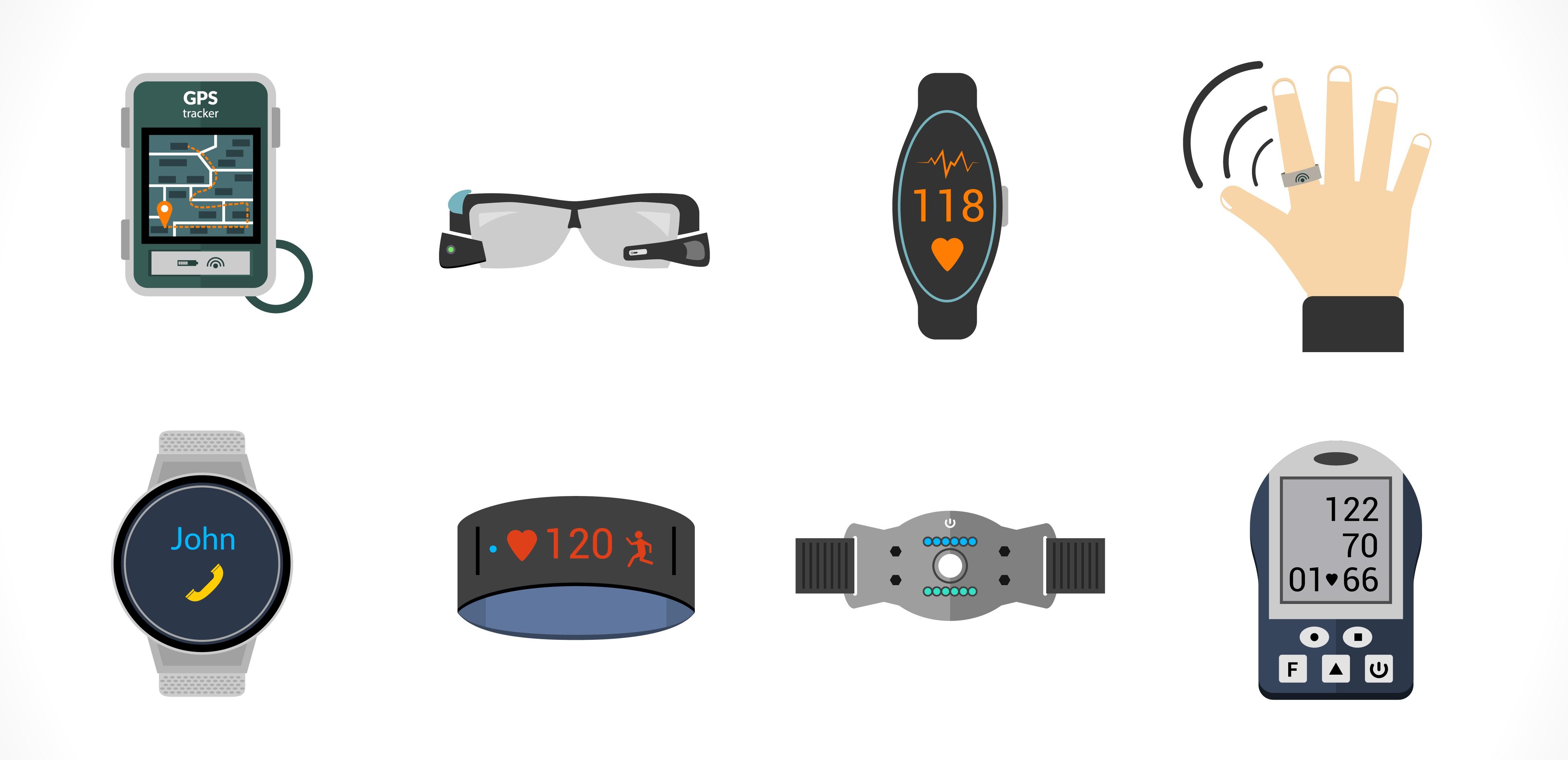In an age where health consciousness intertwines seamlessly with technological advancement, premium health wearables have emerged as the Swiss Army knives of personal wellness. These sleek devices promise not only to track steps, heart rates, and sleep patterns but also to deliver actionable insights for optimizing daily health. However, beneath the glossy interface and attractive features lies a labyrinth of hidden costs that often go unnoticed until users are firmly entrenched in their wearables’ ecosystems. Subscription fees for advanced functionalities,compatibility issues,and the risk of ecosystem lock-in can turn what initially seems like a straightforward investment into a complex financial commitment.In this article, we delve into the less visible expenses associated with premium health wearables, illuminating the intricacies of subscription models, user dependency, and the broader implications of tying oneself to a single brand in an expansive market. Join us as we unravel the truth behind the allure of these modern-day health gadgets and explore the financial ramifications they may entail.
Understanding Subscription Models in Premium Health Wearables
The landscape of premium health wearables has evolved substantially, and with it, the emergence of subscription models that enhance user experience while introducing additional costs. These subscription plans often grant users access to a suite of features that go beyond basic tracking, such as personalized health insights, advanced analytics, and community engagement tools.However, consumers might find themselves paying for features they don’t fully utilize. Some common offerings you might encounter include:
- Advanced Data Analytics: Detailed reports on sleep quality,exercise patterns,and overall health metrics.
- Customized Health Plans: Tailored workout or nutrition plans specifically designed for individual user goals.
- Premium Content: Access to exclusive training videos, expert articles, and webinars.
- Community Features: Engaging forums and social features that foster a sense of belonging among users.
Another significant aspect is the concept of ecosystem lock-in, whereby users become increasingly dependent on a particular brand’s ecosystem. As they invest in hardware and subscription fees, the barriers to switching to competitors grow higher. This phenomenon can be illustrated in a simple breakdown of potential annual costs associated with leading health wearable brands:
| Brand | Device Cost (one-time) | Subscription Fee (annual) | Total Cost (1st Year) |
|---|---|---|---|
| Brand A | $199 | $59 | $258 |
| Brand B | $149 | $79 | $228 |
| Brand C | $299 | $39 | $338 |

Evaluating Long-Term Costs Beyond the Initial Investment
the allure of premium health wearables often draws consumers in with their sleek designs and sophisticated tracking capabilities. Though, in the quest for a healthier lifestyle, it’s crucial to look beyond the surface. Subscription fees can accumulate significantly over time, morphing what initially seems like a straightforward investment into a considerable long-term expense. The typical monthly fees for app functionalities, cloud sync, and personalized coaching can overshadow the item’s upfront cost, resulting in unexpected financial strain on budgets. Moreover,the ecosystem lock-in effect can limit choices,binding users to specific brands and their recurring charges,which can inflate over time without warning.
to gain a clearer perspective, consider the breakdown of potential costs associated with premium wearables:
| Cost Item | Frequency | Estimated Annual Cost |
|---|---|---|
| Subscription Fees | Monthly | $120 |
| App Upgrades and Features | Annually | $50 |
| Accessory Purchases | Annually | $75 |
| Total | – | $245 |
When these costs are considered alongside the initial purchase price, the cumulative expense of maintaining a premium wearable can weigh heavily on the consumer. Choosing to integrate health devices into daily life should involve a thoughtful evaluation of how these ongoing expenses impact overall personal finances—a factor that can easily be overshadowed in the excitement of tracking daily fitness achievements.

Navigating Ecosystem Lock-In: Benefits and Drawbacks
As consumers increasingly gravitate towards premium health wearables, they’re frequently enough drawn into intricate ecosystems that promise seamless integration and enhanced user experiences. One notable benefit of this lock-in is personalization; wearables can synchronize with other devices, offering tailored insights based on comprehensive data collection. Moreover, access to exclusive features—like advanced health metrics and personalized coaching—creates a compelling environment for users to remain invested in the long run. However, these enticing offerings come at the cost of potential monotony and limited choices, as users may find themselves indefinitely tied to one provider that may not continually meet evolving expectations.
On the other hand, the flip side of ecosystem lock-in frequently enough manifests as consumer captivity. While premium services can enhance daily functionality, they also establish an underlying pressure to continue paying subscription fees, which can quickly add up. Users may face challenges when attempting to switch to alternative platforms due to compatibility issues, leading to unmet expectations and wasted investments. Key drawbacks include the risk of over-dependence on a single ecosystem and a potential lack of innovative choices, making the user experience homogeneous. These dynamics should give consumers pause as they consider whether the convenience is truly worth the limitations imposed by ecosystem lock-in.

Strategies for Savvy Consumers in the Wearable Market
To navigate the complex landscape of premium health wearables, savvy consumers should adopt a multifaceted approach. Start by conducting thorough research on the device and its ecosystem. This includes comparing products across brands and reviewing user experiences to gauge the true value of features beyond the initial allure.Look for devices offering flexibility in subscription options, allowing you to opt in or out of services as needed. Keep an eye out for potential hidden fees that can accumulate over time, such as app upgrades, premium analytics, or cloud storage, which can significantly increase the overall cost of ownership.
Another key strategy is to evaluate the overall compatibility of the device with your daily life. Consider the following factors before committing to a purchase:
- Ecosystem Compatibility: Ensure that the device works seamlessly with other health apps or devices you already use.
- subscription Clarity: Review terms and understand what features are included in the initial purchase and which ones require ongoing fees.
- Resale value: Investigate how well the model retains its value, as the rapid pace of technology can make older devices less desirable.
Also, consider how much personal data you are willing to share within an ecosystem. The table below summarizes key considerations regarding consumer data privacy and subscription models:
| Factor | Consideration |
|---|---|
| Data Sharing | Review what data is collected and any third-party sharing. |
| Subscription Flexibility | Look for options that allow you to pause or cancel easily. |
| Device Longevity | Research updates and support duration for the model. |
The Conclusion
As we navigate the ever-evolving landscape of technology and health, it becomes increasingly clear that the allure of premium health wearables comes with more than just sleek designs and cutting-edge features. While these devices promise to enhance our well-being, it is essential to peel back the layers and examine the hidden costs associated with them—subscription fees that add up over time, and the potential for ecosystem lock-in that limits our choices.
In the age of data-driven wellness, consumers must approach their purchases with a discerning eye. Empowered with knowledge, we can make informed decisions that not only prioritize our health but also safeguard our financial well-being. as we continue to embrace innovation in health technology, let us remain vigilant about the true cost of convenience, ensuring that our journey towards better health is driven not just by the latest gadget, but by a comprehensive understanding of the long-term implications of our choices.
investing in our health should be a holistic endeavor, integrating smart technology with an awareness of its broader impacts. By shining a light on the hidden costs of premium health wearables,we hope to inspire a more obvious dialog,encouraging consumers to tread thoughtfully into the future of health technology. Your well-being deserves nothing less.






